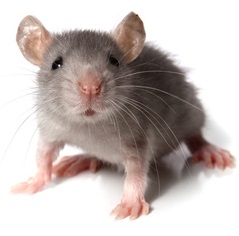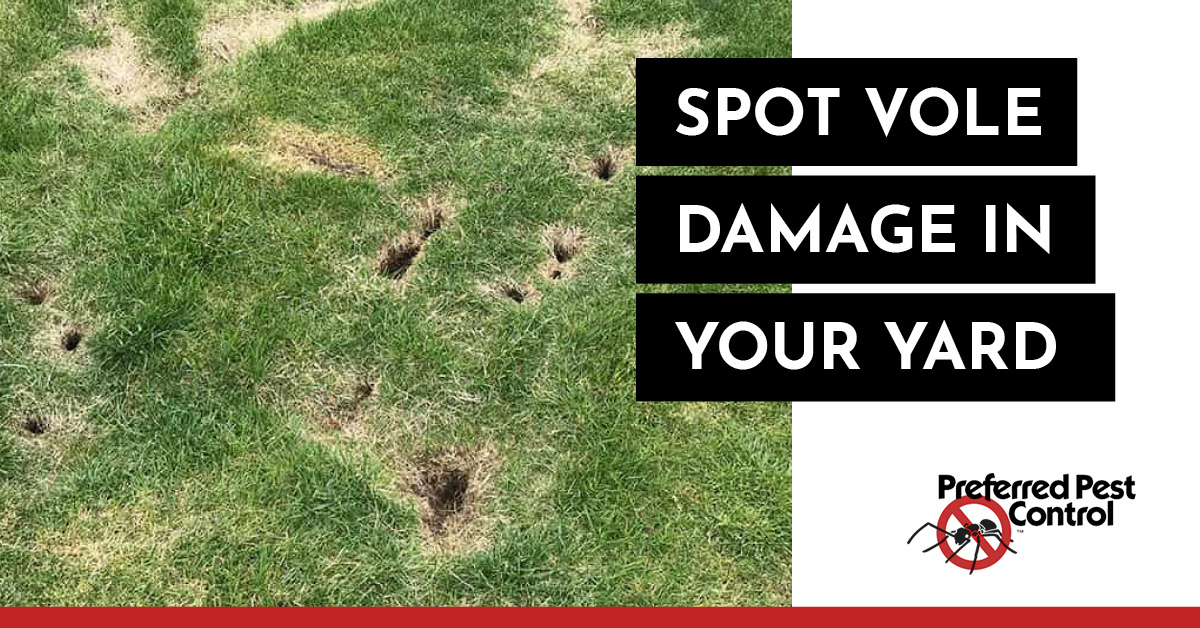Proven Vole Control Approaches to Protect Your Property
Comprehensive Overview to Efficient Vole Pest Control: Invasion Recognition and Treatment Methods
In the world of effective parasite control, vole invasions posture a distinct challenge that demands a critical method. By checking out the nuances of vole habits, recognizing key signs of invasion, and evaluating a variety of control choices, one can create a comprehensive method to combat these elusive insects.
Comprehending Vole Actions
Vole behavior is defined by their tunneling behaviors and rapid recreation rates, making them a challenging pest to regulate successfully. These small rats generally develop intricate passage systems underground, using them for shelter, food storage, and transportation. Voles are herbivores, taking in a range of plants, turfs, roots, and light bulbs, which can create significant damages to yards, orchards, and yards. Their quick reproductive rate additional complicates control efforts, with women capable of generating several trashes in a single year, each having several offspring.
Comprehending vole behavior is critical for effective pest control methods. By identifying their burrow places, keeping track of feeding areas, and applying targeted control approaches, such as capturing or habitat adjustment, vole invasions can be taken care of effectively.
Signs of Vole Infestation

Avoidance Strategies
Implementing reliable avoidance strategies is critical in lessening vole problems and protecting plant life from their destructive feeding habits (vole lawn damage). To protect against vole invasions, it is important to begin by eliminating potential food sources and sanctuary. Keep turf and plant life cut short, remove weeds and debris, and keep a tidy garden or yard to make the location less eye-catching to voles. Installing obstacles such as hardware cloth or below ground secure fencing can also aid hinder voles from going into certain locations. In addition, minimizing excess dampness by dealing with leaking pipelines and guaranteeing appropriate water drainage can make the setting less friendly for voles. go to the website
Routinely checking the building for indications of vole activity, such as paths and burrow openings, is critical for early detection and prompt action. If vole activity is suspected, take into consideration utilizing repellents or catches tactically positioned near their paths.
Non-Lethal Control Techniques
To properly take care of vole populaces while prioritizing gentle methods, non-lethal control techniques supply functional services for reducing vole damages in gardens and landscapes. One effective method is the use of physical barriers such as equipment towel or cable mesh to safeguard vulnerable plants. These obstacles can be hidden a minimum of 12 inches deep and bent at a 90-degree angle to stop voles from tunneling beneath. In addition, habitat adjustment can discourage voles by decreasing their preferred food sources and hiding spots. Preserving a well-mowed lawn, getting rid of particles, and maintaining greenery trimmed can make the setting much less enticing to voles.

Lethal Control Options
One efficient method for resolving vole infestations in landscapes and gardens entails the critical usage of deadly control options. When confronted with a serious vole problem that non-lethal techniques have actually failed to contain, carrying out lethal control actions becomes vital. One commonly utilized dangerous control option is making use of snap traps. These traps are made to rapidly and humanely kill voles upon activation, making them a preferred you could try these out option for lots of garden enthusiasts and landscapers. To enhance the efficiency of breeze traps, it is recommended to position them in locations where vole task is high, such as along runways or near burrow entrances. Another deadly control option is the use of poisonous lures particularly created to target voles. These lures contain toxin that is consumed by the voles, resulting in their eventual death. However, care has to be exercised when utilizing toxic lures to avoid injury to non-target pets or pets. Overall, when using lethal control choices, it is necessary to do so sensibly and in accordance with neighborhood laws to properly manage vole infestations.
Conclusion
In verdict, efficient vole pest control calls for a detailed understanding of vole habits, recognition of indications of invasion, implementation of avoidance techniques, and application of both non-lethal and deadly control methods. By integrating these techniques, people can effectively take care of vole populaces and shield their property from damage. It is essential to attend to vole infestations immediately to stop further concerns and decrease the effect on the surrounding atmosphere.
Provided the detailed tunnel systems and quick recreation prices characteristic of voles, recognizing the signs of vole infestation becomes necessary in effective parasite control. One of the primary indications of vole presence is the visibility of surface paths or routes in grass or snow, generally about 1-2 inches large, developed as voles travel between their burrows and food resources.To successfully take care of vole populaces while prioritizing gentle methods, non-lethal control approaches supply functional remedies for decreasing vole damages in yards and landscapes.One efficient technique for attending to vole invasions in landscapes and yards includes the critical usage of dangerous control options. vole page yard damage.In final thought, effective vole pest control needs a comprehensive understanding of vole behavior, recognition of signs of problem, implementation of avoidance strategies, and use of both non-lethal and dangerous control techniques